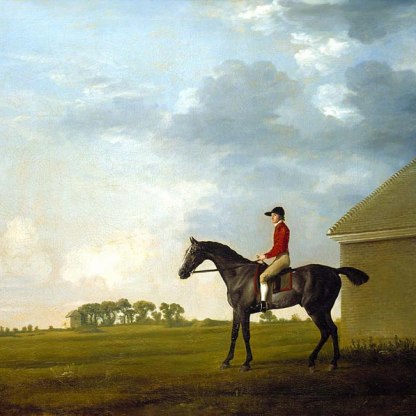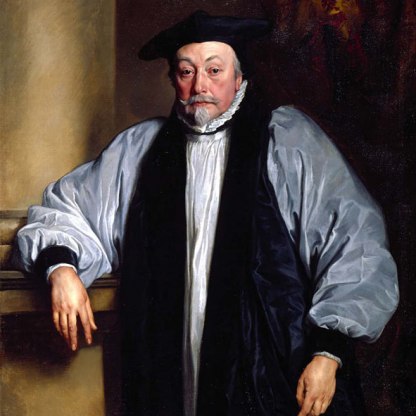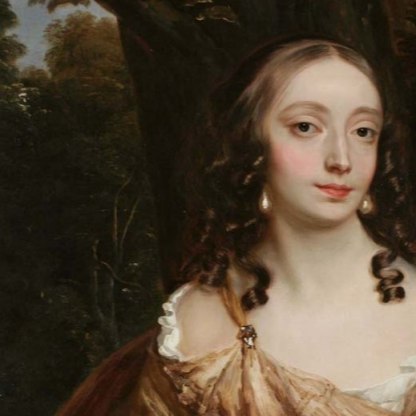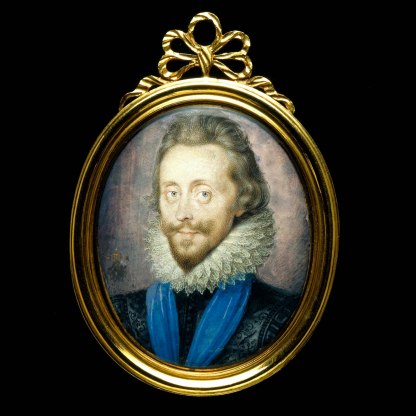Miniature Painting
Small-scale portraiture developed in Greece in the late fourth century BCE, when the successors of Alexander the Great had themselves depicted on their currency. After 44 BCE, when Julius Caesar minted coins bearing his own image, it it became the norm for all European leaders to do the same.
From the fifteenth century, the portrait medal became a popular way for eminent individuals to promote themselves. An example from the Fitzwilliam [CM.28-1979] depicts the Renaissance philosopher Erasmus of Rotterdam, and was cast by his friend Quentin Metsys. It was not until the sixteenth century, however, that artists took to painting their clients in miniature.
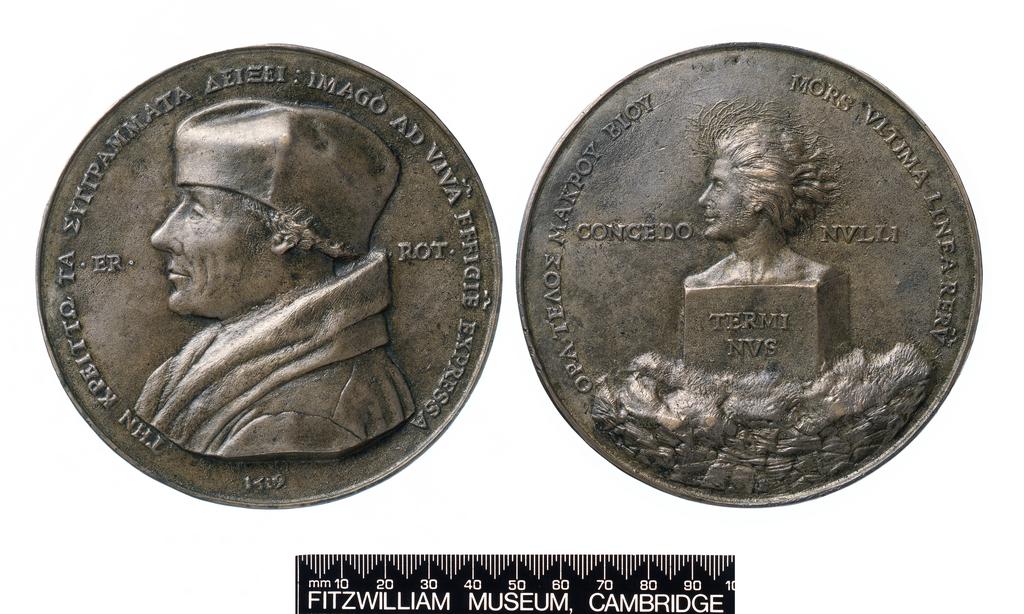
The art of miniature painting thrived in England until photography replaced it as the medium through which intimate, portable likenesses were captured. The Fitzwilliam's extensive collection covers their production from the sixteenth to the nineteenth century, and includes the earliest example to be produced in England: Lucas Horenbout's image of a beardless, 35-year-old Henry VIII [PD.19-1949], made c. 1525.

This rare piece illustrates well the line of descent from book illumination to miniature painting. Horenbout came from a Flemish family of manuscript illuminators, and several features of this painting betray his origins. The medium of watercolour paint on vellum is the same as that used in books at the time, although the parchment for the miniature is thinner. The beautiful and, for a portrait miniature, unusual border decoration, with its golden, airborn angels waving censers, is similar to that found in manuscripts from the Ghent–Bruges school. The entwined initials 'H K', which refer to Henry and his first wife Katharine of Aragon, are a feature that can also be found in books at the time.
Horenbout taught Hans Holbein, and Holbein's work in turn inspired and influenced the young Nicholas Hilliard. 'Holbein's manner of limning I have ever imitated, and hold it for the best', he wrote in his treatise, The Arte of Limning.
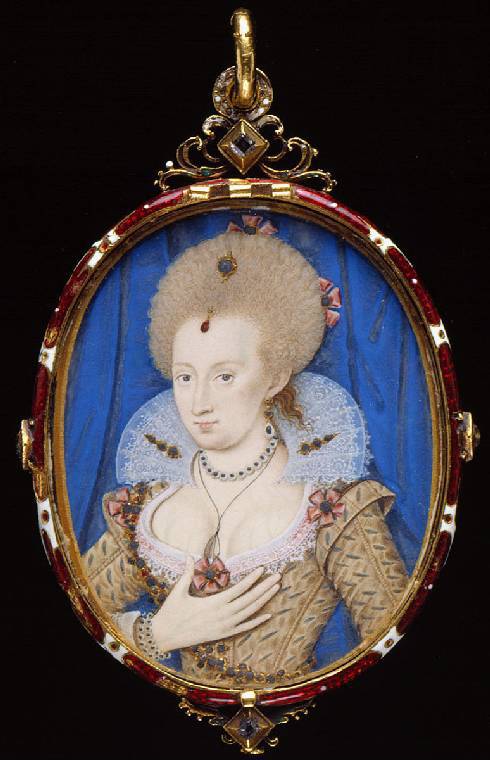
Hilliard's portrait of Queen Anne of Denmark [3855] is one of the few miniatures in the Fitzwilliam collection that is still in its original setting: a richly jewelled locket in this case. Ivory was also often used to hold miniatures, as we see in the portrait [3865] of Richard Sackville by Hilliard's one-time pupil and later rival Isaac Oliver.
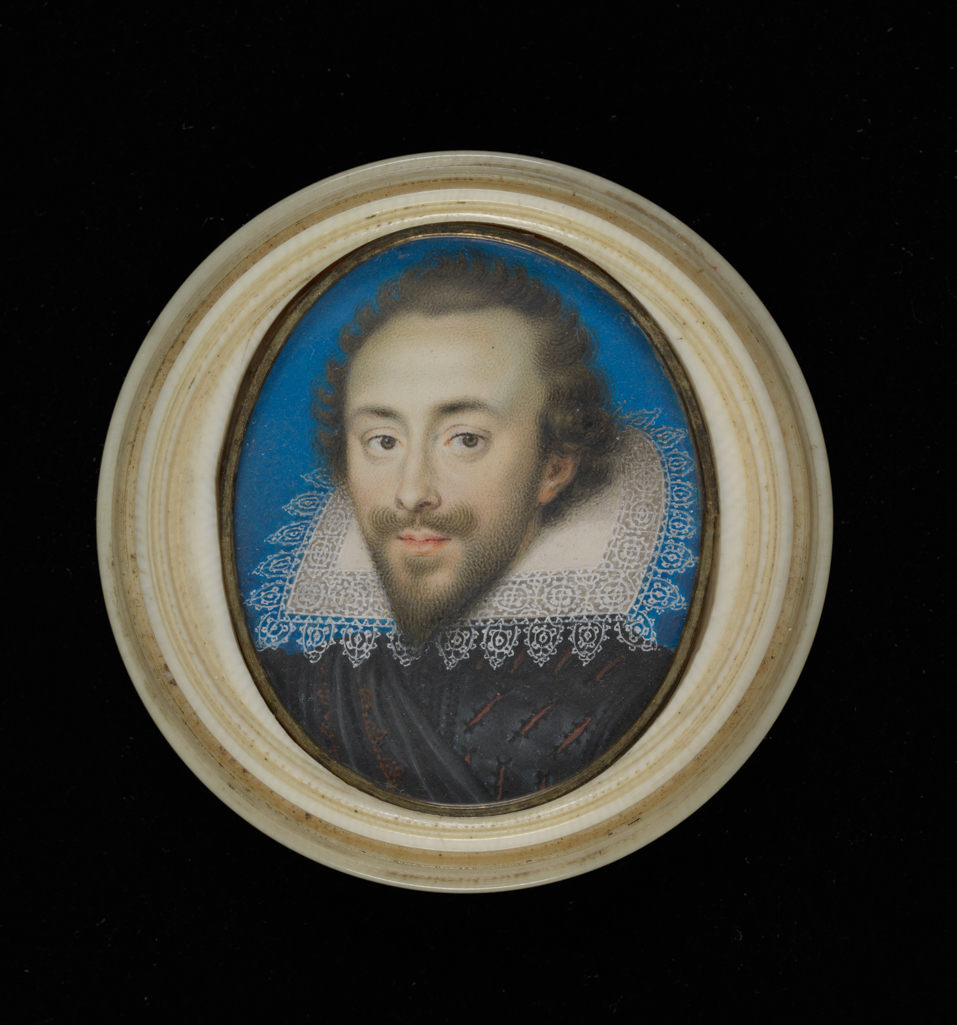
From the 1630s, when the great portraitist Anthony Van Dyck was working in England on large-scale portraits, miniatures remained popular. Van Dyck himself never worked in the medium, but he exerted a strong influence on contemporary miniaturists, such as John Hoskins, whose painting of three of the children of Charles I [3877] is in our collection.
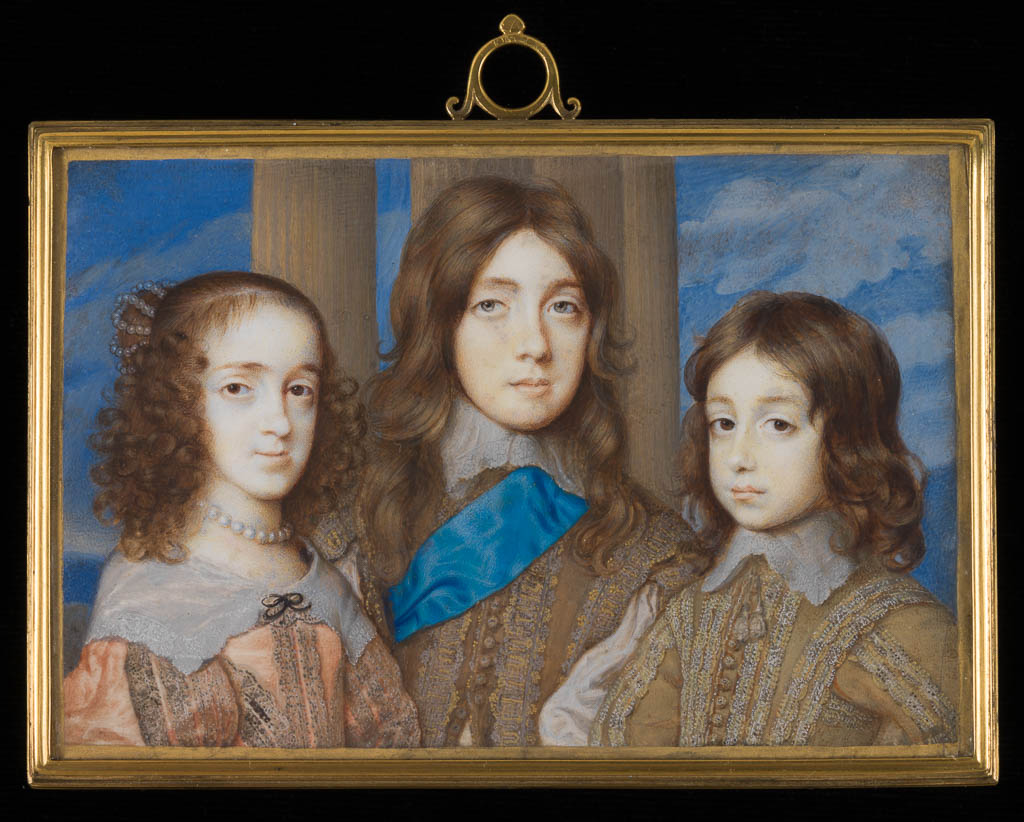
Hoskins was the court miniaturist to Charles I. After the restoration of the monarchy in 1660, Samuel Cooper, Hoskins's nephew, fulfilled the same role for Charles II. On the left is a portrait from around 1660 of an unknown lady [3826].

Towards the end of the seventeenth century, under the influence of French artists, enamel and metal replaced paint and vellum as the preferred materials for miniatures. Swedish-born Charles Boit's portrait of John Manners, second duke of Rutland, below [PD.42-1948], gives an idea of the brighter colours this process allowed.
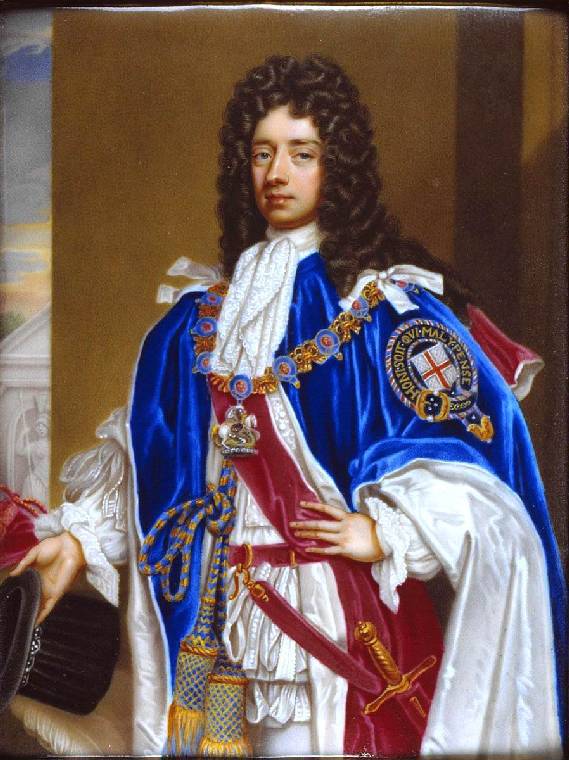
From beginning of eighteenth century, ivory became a popular support. Jeremiah Meyer, who painted the portrait below [PD.18-1947], was born in Germany in 1735, but he practised in Britain, and his work exemplifies the revival in miniature painting in the eighteenth century. When the Royal Academy was founded in 1768, miniatures were given a special prominence.

Nineteenth-century miniatures are more like small oil paintings. Rectangular shapes were preferred and frames became more elaborate. The paintings were no longer intended to be worn but were designed to be hung on the wall or displayed on a desk. Sir William Charles Ross's painting of an unknown lady, below [PD.218-1994], is a typical example.
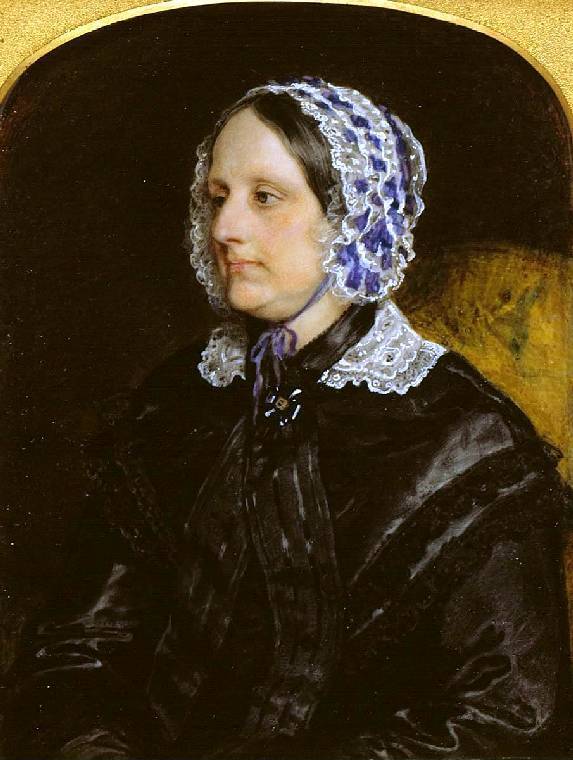
Ross (1794–1860) is reported to have painted 22,000 miniatures in his career, and he was appointed miniature painter to Queen Victoria in 1837. Two years later, however, photography was invented and the tradition of the painted miniature gradually became obsolete.
Other highlight objects you might like
Other pathways and stories you might like
Sign up to our emails
Be the first to hear about our news, exhibitions, events and more…


